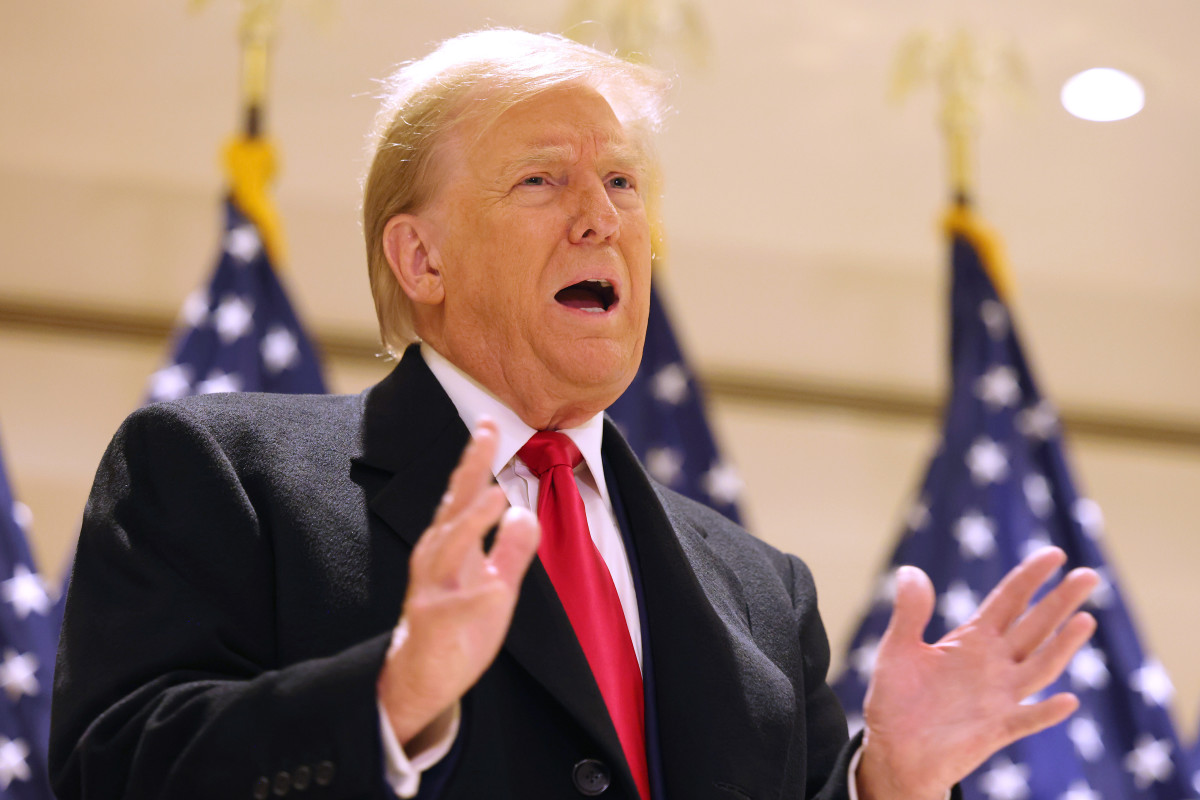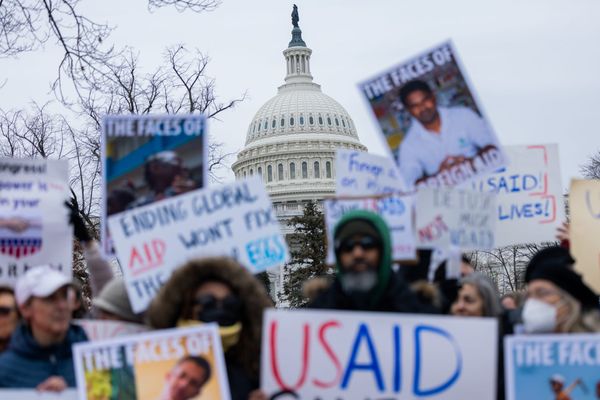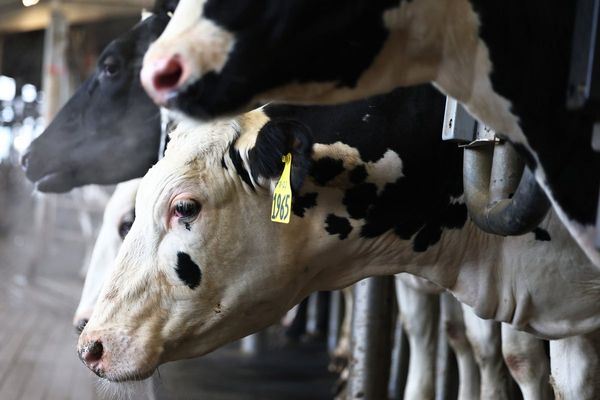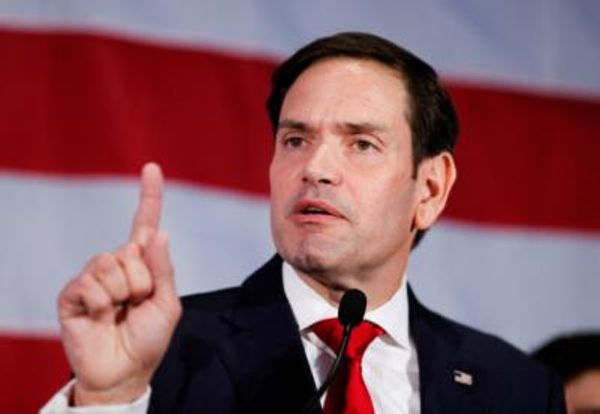
Stocks rallied hard on the back of former President Donald Trump's stunning election victory, and the likelihood of a Republican-controlled Congress, but the bond market reaction to the expected Red Sweep suggests further gains on the equity side of the Trump Trade could become increasingly difficult.
U.S. stocks had, across the board, their best post-election rally on record Wednesday, with the Dow gaining more than 1,500 points and all three benchmarks climbing to fresh all-time highs. Traders cited Trump's pro-growth polices and light-touch regulation as the principal drivers.
The bond market's reaction, however, was noticeably different, with benchmark 10-year Treasury note yields, a proxy for government borrowing costs, rising to the highest levels since early July.
The market move reflected investors pricing in the expected deficit-swelling impact of unfunded tax cuts on the federal budget and potential trade tariffs on growth and inflation.
That reality, in fact, may prove more important for U.S. stock performance over the coming year and could blunt one of the longest rallies on record as Trump enacts his economic agenda.

"While gains in equities will garner much attention and their appreciation in price has a more immediate impact for many people, the situation with interest rates is what I will be watching in the coming weeks and months," said J.J. Kinahan, chief executive of IG North America.
Beware the bond market reaction
"A significant aspect of the rally in stocks we saw during the last Trump administration was fueled by the issuance of low-interest rate bonds with the funds raised then going to buy back stock," he noted.
"Should interest rates remain at current levels or climb higher, it could put a damper longer term on both funding operations and stock buybacks."
Goldman Sachs reflected some of that concern with its updated equity market outlook, published Wednesday, which made no changes to its price target for the S&P 500.
Related: Trump election win may put Fed interest rate cuts at risk
Goldman analyst David Kostin affirmed his 12-month tally for the benchmark at 6,300 points, a level that would suggest a modest 6.25% gain from last night's record close. It's also a long way from the index's cumulative 60% advance over the past two years, even as Kostin forecast solid corporate-earnings expansion for 2025 and 2026.
"Those estimates may change as the new administration’s policy agenda comes into clarity," Kostin said, referring to his 11% earnings-growth forecast for next year and a 7% advance in 2026.
LSEG forecasts see the collective S&P 500 rising to around $525.4 billion in the fourth quarter, up 10.7% from a year earlier, with a 14.5% advance for all of 2025.
"The prospect of trade conflict poses downside risk to these estimates, while the potential for changing regulatory and corporate tax policy pose upside risks," Kostin said.
Goldman forecast for S&P 500 cautious
Even into the end of the year, Kostin's forecast looks cautious, with a target price of 6,015 points — up just 1.45% from last night's close — even amid what he called "the resolution of election uncertainty, resilient recent economic growth data and continued Fed rate cuts" that should support stocks.
But he also noted the blunting impact of the massive selloff in Treasury yields. That move began shortly after the Federal Reserve's outsized half-point rate cut in September, which has added more than 80 basis points to benchmark 10-year yields.
"All else equal, a backup in rates of that size would typically be accompanied by a decline in equity prices," Kostin warned, adding that stocks have largely ploughed through the selloff on the back of resilient economic data and the promise of Fed rate cuts.
Both those dynamics, however, could face near-term risks.
The Bank of England cut its benchmark lending rate by 25 basis points earlier Thursday but cautioned that there are “upside risks to goods and commodity prices from greater trade fragmentation" — a not-so-subtle nod to Trump's tariff threats — as well as "adverse geopolitical developments, including from events in the Middle East."
Early concern reflected in bond market
Foreign buyers also balked at a $25 billion auction of 30-year bonds yesterday, following the biggest one-day rise in yields since 2020. Purchases from overseas central banks fell sharply despite the richer returns.
"Bond yields are rising for a good reason, as the economy is holding up stronger than expected and markets are also pricing in continued government spending and the potential for widening deficits," said Glen Smith, chief investment officer at GDS Wealth Management.
"Still, rising bond yields are reversing the Fed's efforts to loosen policy, as bond yields determine the interest rates that consumers pay on mortgages and credit cards," he added.
All these risks, as well as the tax-and-spending impact from a Republican-led budget on the world's biggest economy and its $36 trillion debt pile, are likely to inform the growth and inflation forecasts that the Fed will use to plot its 2025 rate path.
Related: Betting on interest rate cuts will be trickier in 2025
Fed Chairman Jerome Powell "will be wary of giving strong signals about the future direction of policy in the (Thursday) press conference, as second-guessing what President-elect Trump will do next always has been a hostage to fortune," said Samuel Tombs, chief U.S. economist at Pantheon Macroeconomics.
"But the election result has reduced the scope for further easing at upcoming meetings," he added.
More Economic Analysis:
- Jobs report shocker puts Fed interest-rate cut in play
- Fed inflation report renews pressures, tests interest rate bets
- Fed interest rate decision and election may roil stocks
Louis Navellier of Navellier Calculated Investing says, however, that markets might not need the same level of Fed support in 2025 if Trump is able to deliver on his broader economic agenda.
"With GDP growth accelerating to a 4% to 5% annual pace, the Fed is anticipated to curtail key interest rate cuts in 2025, but at least we have some interest rate cuts near term to help spark the housing sector and other interest-rate-sensitive industries," he said.
"I am anticipating a strong year-end rally, fueled by an early 'January effect' as well as optimism for the New Year," he added.
Related: Veteran fund manager sees world of pain coming for stocks







